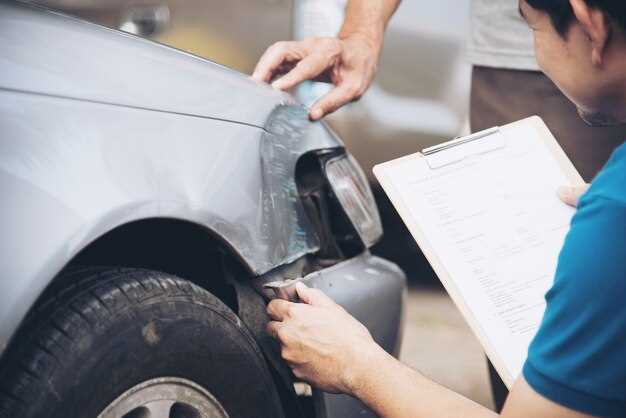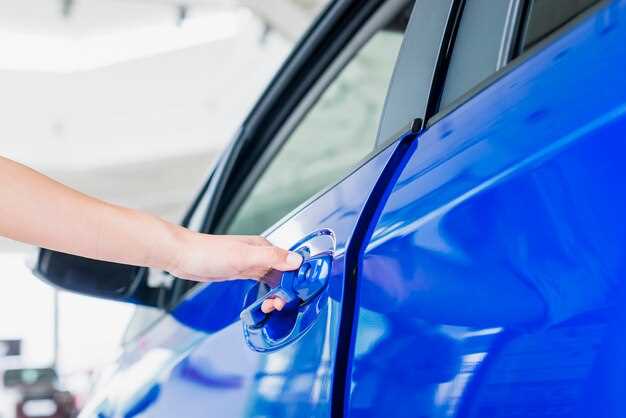
The safety of your vehicle is paramount, especially in today’s world where unforeseen threats can arise without warning. Installing bulletproof glass is an effective way to enhance your vehicle’s security and provide peace of mind. This guide aims to provide you with comprehensive instructions on how to properly install bulletproof glass in your vehicle, ensuring maximum protection while maintaining the aesthetic appeal of your ride.
Bulletproof glass, often made from layers of laminated glass and polycarbonate material, is designed to withstand various attacks, including gunfire and blunt force. By choosing this robust upgrade, you not only enhance the security of your vehicle but also invest in your personal safety and that of your passengers. This guide will cover the types of bulletproof glass available, the tools needed for installation, and step-by-step instructions to achieve a professional-looking finish.
Before diving into the installation process, it is crucial to understand the different levels of ballistic resistance available and determine which type suits your needs. This guide will also highlight safety precautions and best practices to ensure a seamless installation. Whether you are a vehicle enthusiast looking to boost your ride’s defenses or a concerned individual prioritizing safety, this installation guide will equip you with the knowledge needed to effectively integrate bulletproof glass into your vehicle.
Choosing the Right Type of Bulletproof Glass for Your Vehicle

When upgrading your vehicle with bulletproof glass, selecting the appropriate type is crucial for ensuring maximum protection and functionality. Various factors need to be considered in order to make an informed decision.
Here are the main types of bulletproof glass available:
- Polycarbonate Glass: Lightweight and impact-resistant, polycarbonate glass is often used in vehicles where weight reduction is essential. It offers good protection against small-caliber firearms.
- Laminate Glass: This type of glass consists of layers of tempered glass and polymer. It provides excellent bullet resistance and can withstand multiple impacts without shattering, making it suitable for various environments.
- Bullet-Resistant Glass (Level I to IV): Bulletproof glass is rated based on the specific threats it can withstand. Ratings range from Level I (protection against handguns) to Level IV (protection against high-caliber rifles). Consider your threat assessment carefully when selecting the level of protection.
- Transparent Armor: Combining glass and advanced acrylic materials, transparent armor provides clear visibility while offering high protection levels. It is often used in military and law enforcement vehicles.
Factors to consider when choosing the right type of bulletproof glass include:
- Threat Level: Assess the potential threats you may encounter and select glass that meets or exceeds the required resistance level.
- Weight Consideration: Depending on your vehicle type, weight can impact performance. Choose a material that offers strong protection without adding excessive weight.
- Cost: Bulletproof glass varies in price based on the materials used and the level of protection. Set a budget that balances cost with safety needs.
- Installation: Ensure that the glass can be properly installed in your vehicle. Some materials may require special installation techniques or professional help.
In conclusion, choosing the right type of bulletproof glass for your vehicle is essential for safeguarding yourself and your passengers. Assess your needs carefully, consult with professionals, and prioritize protection to make the best investment for your safety.
Step-by-Step Process for Installing Bulletproof Glass

Installing bulletproof glass requires careful planning and execution to ensure optimal protection and performance. Follow these steps to complete the installation safely and effectively.
Step 1: Gather Necessary Tools and Materials
Before starting the installation, collect all required tools and materials. You will need bulletproof glass panels, a measuring tape, chalk line, safety goggles, gloves, a utility knife, a drill with appropriate drill bits, adhesive sealant, and a squeegee.
Step 2: Measure the Window Frame
Accurately measure the dimensions of the window frame where the bulletproof glass will be installed. Take multiple measurements across the width and height to ensure a proper fit. Record the measurements for cutting the glass panels.
Step 3: Order Custom Bulletproof Glass
Based on your measurements, order custom bulletproof glass that meets your specifications. Ensure that the glass is rated for the desired level of ballistic protection.
Step 4: Prepare the Workspace
Clear the area around the installation site. Ensure that you have adequate lighting and space to work with the heavy glass panels. Lay down protective coverings to prevent damage to the vehicle and surrounding surfaces.
Step 5: Remove Existing Glass
Carefully remove the existing glass from the window frame. Use a utility knife to cut through any adhesive or sealant holding the glass in place. Wear safety goggles and gloves to prevent injuries during this process.
Step 6: Clean the Frame
Once the old glass is removed, clean the window frame thoroughly. Remove any old adhesive residue and debris using a putty knife and cleaner. A clean surface is crucial for the bonding of the bulletproof glass.
Step 7: Test Fit the Bulletproof Glass
Before sealing the bulletproof glass, perform a test fit to ensure that it fits correctly within the frame. Check for any gaps or misalignments that may need to be addressed before final installation.
Step 8: Apply Adhesive Sealant
Using a high-quality adhesive sealant, apply a consistent bead around the perimeter of the window frame. This will provide a secure bond for the bulletproof glass and help prevent water leaks.
Step 9: Install the Bulletproof Glass
Carefully lift the bulletproof glass and place it into the window frame. Press it firmly against the adhesive sealant, ensuring that it is seated properly and evenly in the frame. Use a squeegee to eliminate any air bubbles and to ensure a tight seal.
Step 10: Secure the Glass
Once the glass is in place, use additional adhesive or mechanical fasteners, if necessary, to provide extra security. Follow the manufacturer’s instructions regarding curing times for the adhesive to ensure proper bonding.
Step 11: Clean Up and Inspect
After the installation is complete, clean the glass panels to remove any fingerprints or adhesive residue. Inspect the installation to ensure that the glass is securely installed and that there are no gaps. Dispose of debris and materials responsibly.
Step 12: Test the Installation
Finally, conduct a thorough inspection and test of the installation. Ensure that the glass operates properly and that all seals are intact. This final step is crucial for confidence in the protective qualities of the bulletproof glass.
Maintaining and Caring for Your Bulletproof Glass After Installation

Proper maintenance and care of your bulletproof glass are crucial to ensuring its longevity and effectiveness. Regular cleaning and inspections help to preserve clarity and functionality while preventing damage.
Start by cleaning the glass with a soft microfiber cloth and a gentle, non-abrasive cleaner specifically formulated for glass surfaces. Avoid ammonia-based products, as they can weaken the protective layers over time. Wipe the surface gently in circular motions to avoid scratching.
Regularly inspect the glass for any signs of damage, such as chips or cracks. Pay attention to the edges, as any imperfection may compromise the integrity of the glass. If you spot any damage, consult a professional immediately for assessment and potential repair.
Ensure that the frame holding the bulletproof glass remains secure. Loose or misaligned frames can cause stress on the glass and lead to breakage. Tighten any screws or fittings as needed, and consider scheduling periodic checks by a qualified technician.

Avoid applying excessive pressure on the glass surface, especially in extreme weather conditions. Sudden temperature changes can create thermal stress; therefore, it is advisable to park the vehicle in shaded or sheltered areas when possible.
Be mindful of the contents inside your vehicle. Avoid placing heavy objects near the glass that might lead to impacts. Additionally, do not use sharp tools or objects that could inadvertently scratch the surface.
Finally, consider professional periodic maintenance services. Experts can provide deep cleaning, advanced inspections, and minor repairs that can help sustain the bulletproof glass’s protective qualities over the long term.

